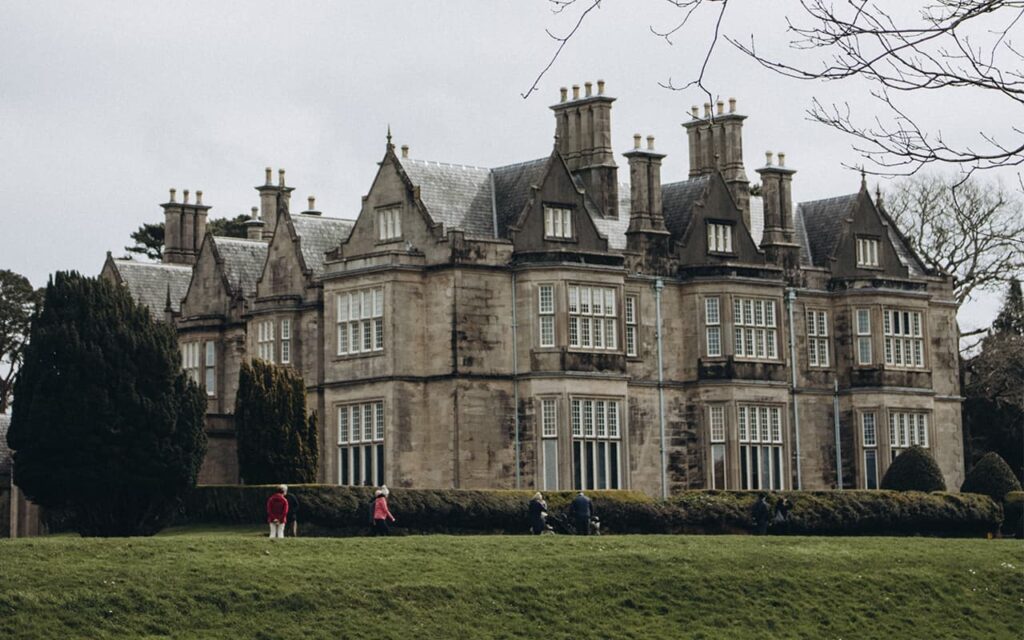The restoration of royal authority did little to change the situation of the Catholic Irish. Although Charles II ended religious persecution, the Protestants retained the lands taken from the Catholics. Only the few Irish who had retained enough money to fight the long legal battle regained their estates by this means. The Catholic reaction, which began with the accession of James II to the throne, therefore caused great joy among the Irish.
Deprived of the English crown, James II tried to regain it in 1689 with the help of France, for which purpose he landed in Ireland. He was greeted with enthusiasm, except for Londonderry and Enniskillen, and all important points were handed over to him, but soon the new English king, William III of Orange, defeated James II’s army at the Boyne (1690) and conquered all Ireland.
In the cities the Protestants formed so-called societies, or lodges, of Orangists, who persecuted and oppressed the Catholic population with all the zeal of fanatics. In order to suppress any movement of Catholic and national elements, cruel laws were, moreover, issued, according to which the higher representatives of the Church were to be evicted, and the lower were forbidden to leave their counties; no Catholic had the right to hold any office, to acquire landed property, to bequeath his property freely, and so on. Though not always strictly enforced, these laws kept up hatred and bitterness.
Instead of the desired legislation of their own, the law of Poyning was again approved in 1719, and in 1727 the right of Catholics to vote in parliamentary elections was taken away.
These constant oppressions forced the oppressed people to fight for their rights. A number of revolutionary unions arose, which have since played a great part in Irish history. Thus was formed the so-called Defenders; in 1760 the Whiteboys appeared to punish and kill cruel landlords, priests, agents, and officials; almost at the same time with them, in 1763, the Hearts of Oak, that is, the Hearts of Oak, who rebelled against the harsh forced labor of road-building.
When the war for the emancipation of the North American colonies began, the whole nation rose up and forced the government, constrained by heavy foreign wars, to make some concessions. As France threatened to attack the Irish coasts, and the country had almost no troops at all, the Irish formed in 1778, as if to protect it, a corps of volunteers, which two years later numbered 50,000 people. To prevent a general uprising, the English Parliament was forced to repeal the Poyning Act in 1782 and allow legislative independence for Ireland.
The French Revolution had made an extraordinary impression in Ireland; its echo was echoed in Dublin, in November 1791, by the United Irishmen, in which many Protestants also took part, and which secretly prepared a revolution to make Ireland an independent republic. The Catholics, taking advantage of the government’s constraints, demanded full equality with the Protestants at a large meeting in Dublin in 1792. The British Parliament, wishing to tame the storm, repealed all measures designed to restrain Irish trade and industry, and almost all other repressive measures. In 1793 the penalties to which Catholics were subjected for not attending Protestant church on Sundays were abolished; they were also given the right to vote in parliamentary elections, but denied the right to be elected members of Parliament and to hold even the lowest administrative offices.
When further demands were refused and the union became even bolder in its revolutionary intentions, the government decided to suppress the movement by force. Habeas corpus, which had been in force in Ireland since 1782, was suspended, the towns were occupied by troops, and the union of the “United Irishmen” was disarmed.
But, in the hope of French aid, the conspirators did not lose heart. At last, in December, 1796, a French fleet appeared off the coast of Ireland, with an army of 25,000 men, under General Gauche; but owing to unfavorable accidents, it had to sail without doing anything. The British government declared the whole island under martial law. The Union of United Irishmen again commenced in 1797 its clandestine activities. At its head was a directory of five men, whose names were known only to the secretaries of the four provincial committees. The union had already numbered as many as 500,000 conspirators when, in January, 1798, the government received detailed information about it from one of its treasonable members.
Despite this discovery and the arrest of many of the ringleaders, the rebellion broke out in May 1798 in various places. The presence of a significant military force prevented further development of the rebellion: the main rebel forces suffered a total defeat at Vaingar Hill on June 21. Military commands scattered throughout the island, everywhere suppressing the rebellion. Hardly had the massacre ended when in August, 1798, a French squadron appeared with a landing force of 1,060 men near Killala, off the northern shores of County Mayo; but British troops prevented the French from joining the Irish, and after several unsuccessful skirmishes the French had to surrender. Later attempts to land them, which lasted until November 1798, also ended in failure.
